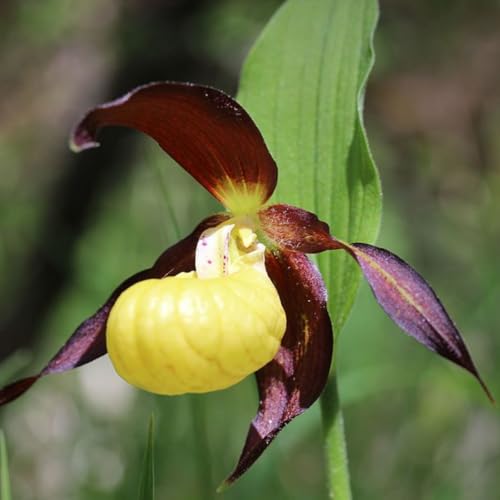I try to do as little speculation as possible although sometimes a little imagination is required due to lack of relavent data. Most of my comments however are based on reality. ie: what I actually see with my own eyes (how my and others' orchids respond to various nutrient formulations). All the material from the other (your side) is based on speculation as everything presented so far can be explained away using the reality checks mentioned above. You don't seem to mind selling a product based on the very speculation you mention. This is absolutely fine with me but, at this time, I think it is possibly misleading to suggest to people on this and other forums that lowering K such as in k-lite will solve their growing problems.
Let's not be personally insulting here. In the first place it shows a disrespect for others, which makes one question the individual making the comment, and secondly, it opens up the opportunity for others to snipe rather than making a meaningful contribution to the discussion.
My connection to this was making the investment to get a manufacturer to make it. Had I not done that, it would probably not yet be commercially available to anyone, no matter what their motivation for wanting to try it. Also remember that I am not the only seller of the stuff.
No I don't mind selling it, but I have never claimed that it will solve anyone's growing problems. In fact, I don't think any nutrient will do that, unless the individual is simply not feeding their plants at all.
Also, you will find that I am not promoting it as much as I am recounting my own observations, which you seem to discount, while feeling yours are perfectly valid.
When folks ask me "why should I use K-Lite, rather than MSU" - and it happens a great deal - I tell them that "I cannot recommend one over the other. The K-Lite formula is derived from the MSU formula, altering the chemistry based upon some nutritional antagonism theories, so may be considered by some (including me) to be experimental. However, with over two years of using it exclusively, I am happy with it."











































